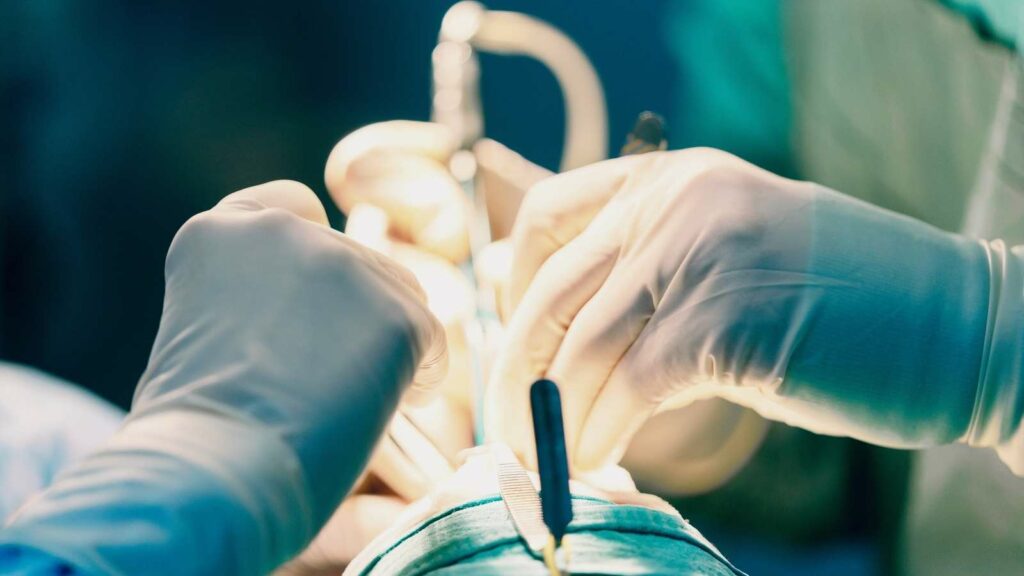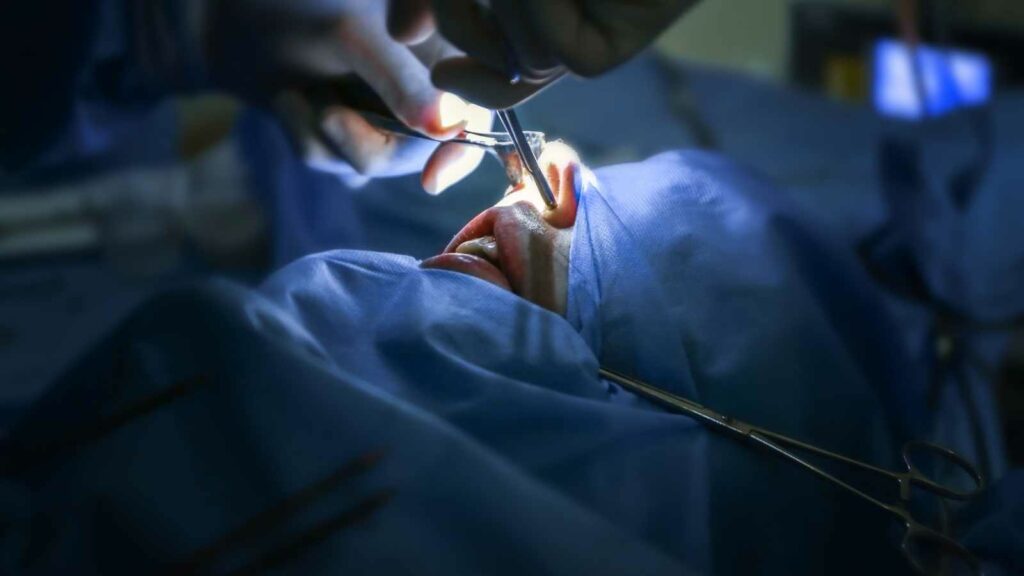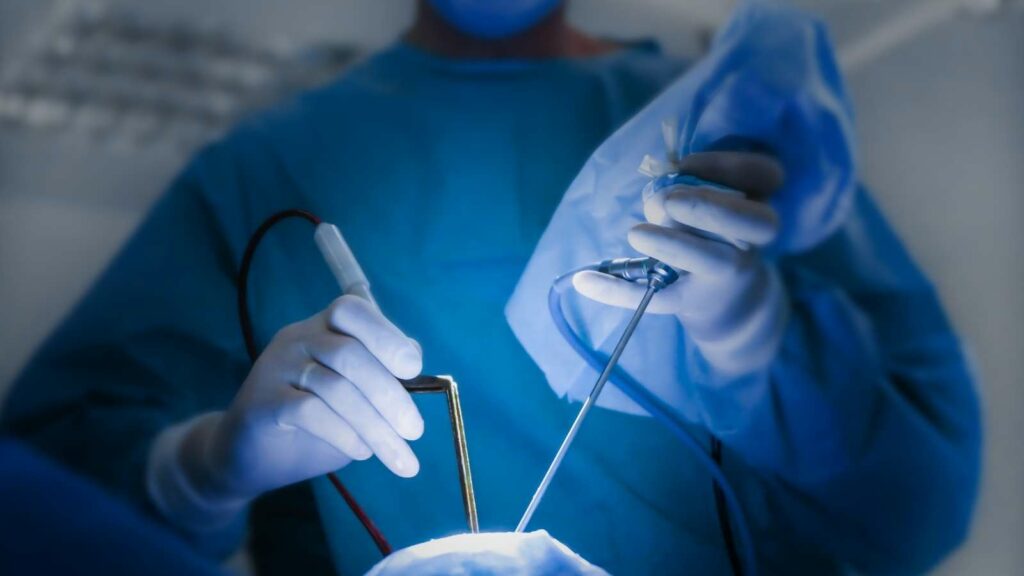Biopsy prices in 2025 can vary significantly depending on the organ involved, the technology used, and the complexity of the procedure. For this reason, it is not possible to find a fixed biopsy price list. For example, there is a notable difference between the cost of a thyroid biopsy and the price of a lung biopsy that requires advanced imaging. Private hospital biopsy prices are also shaped by the scope of services offered and whether the procedure is minimally invasive (needle-based) or surgical. Therefore, the real answer to “how much does a biopsy cost?” lies in the details of your personalized medical plan.
What are the main factors influencing Biopsy Prices in 2025?
You can think of the cost of a biopsy much like the price of a car, which is determined by its features and upgrade packages. There is a standard model, and then there are extra features that boost both performance and safety. The main factors that determine the final cost of a biopsy are:
- The location of the target tissue in the body
- The type of imaging technology used
- The biopsy technique (needle-based or surgical)
- Type of anesthesia required (local or general)
- Level of laboratory analysis performed on the sample
- Experience of the physician and the center in this field
How does the location of a lesion affect Biopsy Prices in 2025?
One of the most decisive variables in biopsy costs is the location of the target tissue. There is a world of difference between reaching a lump just under the skin (easily palpable) and reaching a tiny nodule deep in your lung, protected by your rib cage—it’s like comparing a pleasant walk at the base of a mountain to climbing to its summit.
For more superficial targets—such as the frequently requested thyroid biopsy—the process is simpler because the target is easily accessible. In most cases, basic ultrasound guidance is sufficient and the procedure is brief. However, if the target is deep inside the body, the picture changes. More complex procedures, like lung biopsies, are far more than just inserting a needle. Reaching such delicate organs and navigating between major vessels with millimeter precision is almost an art form. This level of precision and safety naturally requires more planning, longer procedure times, and a higher degree of concentration, all of which are directly reflected in the cost.
Why do imaging technologies change Biopsy Prices in 2025?
In Interventional Radiology, we never operate blindly when performing biopsies. State-of-the-art imaging equipment is our eyes and ears. The technology chosen depends on both the target’s location and the complexity of the procedure, and this selection directly affects the cost.
There are several types of guidance technologies, each with its own cost structure:
- Ultrasound: Provides real-time imaging of every needle movement. No radiation. More accessible and economical.
- Computed Tomography (CT): Produces a detailed map of the body. Indispensable for deep or complex targets; more advanced and more expensive technology.
- Magnetic Resonance Imaging (MRI): The most sensitive method for visualizing soft tissues. The most complex and costly imaging option.
Importantly, the choice of technology is never arbitrary. It is based on what is medically necessary to guarantee the safest and most accurate outcome for you. Thus, the price difference actually reflects a difference in the level of safety and diagnostic accuracy being offered.
How do minimally invasive methods provide an advantage in the 2025 Biopsy Price equation?
If you only focus on the procedure fee when considering biopsy costs, you’ll miss the bigger picture. What really matters is the “total cost,” and from this perspective, the advantage of modern needle biopsies becomes crystal clear.
Traditional surgical biopsies include many hidden costs that drive up the total expense:
- Operating room use
- General anesthesia and anesthesia team
- Overnight hospital stay
- Longer and more painful recovery
- Delayed return to work or daily life
- Stitch and wound care
With minimally invasive, needle-based biopsies performed by interventional radiology specialists, nearly all of these cost factors disappear. The procedure is performed under local anesthesia in a procedure room and usually takes less than half an hour. No hospitalization is needed; you can go home the same day. This makes a critical difference—especially when researching private hospital biopsy prices. A minimally invasive biopsy protects you not only from the risks of surgery, but also from all these extra financial burdens. This is a smart, efficient approach to healthcare.
How do the pathology process and sample quality affect Biopsy Prices in 2025?
The biopsy process doesn’t end when the needle leaves your body—in fact, the most important part begins then. The tiny piece of tissue collected is sent to a pathology lab and examined by specialists who can diagnose the disease. This analysis is a significant portion of the total biopsy fee.
Sometimes, however, standard analysis isn’t enough. Especially in cancer cases, extra tests may be needed to clarify the diagnosis and guide treatment. Some tests that can affect the cost of pathological analysis include:
- Special tissue stains
- Hormone receptor analyses
- Tumor markers
- Molecular or genetic testing
These advanced tests provide vital, personalized treatment information and naturally increase the cost.
Even more important is the quality of the sample. If a biopsy is performed by inexperienced hands or with the wrong technique, resulting in an inadequate, crushed, or improperly located sample, the pathologist may report “diagnosis inconclusive.” This is the worst and most expensive scenario, because it means the entire process—and all the fees—must be repeated. The most expensive biopsy is the one that must be redone. Therefore, investing in expertise and technology that ensures a high-quality sample on the first attempt is ultimately the smartest and most economical choice.













